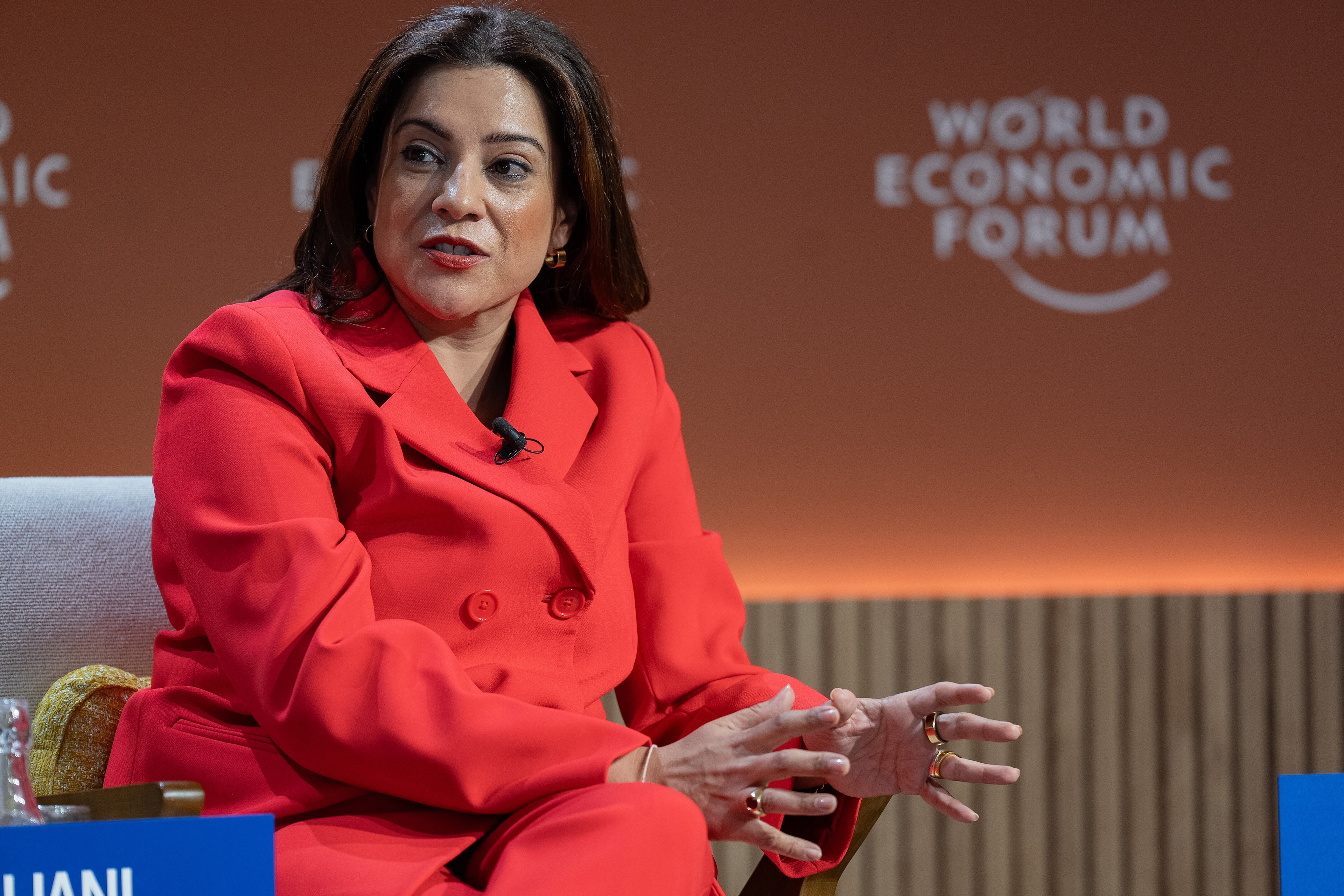How to stop violence against women before it starts


Get involved with our crowdsourced digital platform to deliver impact at scale
Stay up to date:
Hyperconnectivity
Some data rise up out of the research din and stick with you – nagging, troubling, surprising. For me, one of these pieces of data has been around the increasing global evidence about the link between witnessing or experiencing violence as a child, and later use of violence against women in adulthood. Such recent research contributions includeanalysis from the multi-country International Men and Gender Equality Survey (IMAGES) further substantiated this childhood-adult link, as well as a CARE and Partners for Prevention study in Sri Lanka, which found that men who experienced childhood violence were 1.7 to 2 times more likely to be violent against their intimate partners then men who did not experience abuse. Childhood experience of violence spills over along the way to adulthood as well, and is linked with bullying in school and use of aggression in dating relationships for boys.
From a programming perspective, this data will help light up the pathways of violence and identify possible entry points to interrupt this cycle at various points. So, what works to prevent gender-based violence from carrying over from generation to generation? What do we need to know to address this cycle of violence more effectively?
CARE’s recent report – “Addressing the Intergenerational Transmission of Gender-Based Violence: Focus on Educational Settings” – attempts to pick up where the data leaves off, asking from a practitioner’s perspective, what next? The report consolidates research on the pathway of violence from childhood to adolescence to adulthood, and pulls together learning on existing programming strategies.
Current strategies for interrupting the cycle of violence between generations include:
- Provide psychological treatment for children and adolescents experiencing child maltreatment and/or who exposed to intimate partner violence at home.
- Prevent bullying in school, including promising strategies such as peer mediation and improved supervision of students, and working with parents and caregivers on parenting skills.
- Prevent dating violence. Effective programs question gender norms, give youth the knowledge and skills to recognize healthy relationships and how to deal with unhealthy ones, provide awareness of community services, and emphasize non-abusive conflict resolution and communication skills.
- Promote positive parenting and child management skills. Effective training programs for parents include the following skills for good parenting and child management: identifying and recording problematic behaviors at home; using positive reinforcement, such as praise and points systems; applying non-violent disciplinary methods, such as the removal of privileges and time out; supervising and monitoring child behavior; and using negotiation and problem-solving strategies.
- Change gender norms across the life cycle. Engaging youth as young as 10-14 years old to challenge gender norms is particularly effective since they are still forming their beliefs.
Based on the scan of current practice and evidence, the report suggests the following promising practices to enhance programming:
- Focus on early prevention – preventing violence before it starts. This “upstream” approach includes targeting intimate partner violence and child maltreatment in children’s homes, in order to decrease the negative impact of exposure to violence and to reduce the likelihood that exposed children will perpetrate violence throughout their lives;
- Ensure community engagement, and include psycho-social support and behavioral interventions like non-violent conflict resolution, problem-solving, self-regulation and peer mediation to address the consequences of violence youth may have already experienced;
- Integrate tutoring and mentoring components to help girls and boys achieve academic success and to have older youth or adults act as positive role models;
- Incorporate elements of contextually-appropriate “dating” violence interventions;
- In formal and non-formal education settings expand interventions to include training for parents and other community members since schools are often community-gathering spots;
- Integrate components for parents and couples such as positive reinforcement, negotiation skills, non-violent disciplinary methods, problem-solving and non-violent conflict resolution to prevent child maltreatment and intimate partner violence.
Often the fields of early childhood development, adolescents, education, and largely adult-focused IPV programming have separate technical experts or niches, organizations or donors. The paper helps remind us how different actors and fields can work together to bring our relative strengths and learning to bear on shared challenges.
For more details on specific project examples and strategies, as well as measurement approaches and research, the full report is available here.
This post first appeared on The World Bank Voices Blog. Publication does not imply endorsement of views by the World Economic Forum.
To keep up with Forum:Agenda subscribe to our weekly newsletter.
Author: Leigh Stefanik is the Senior GBV Program Officer at CARE USA.
Image: A woman, who asked to remain anonymous, recounts her experience at a shelter for domestic violence victims in Caracas March 16, 2011. REUTERS/Jorge Silva
Don't miss any update on this topic
Create a free account and access your personalized content collection with our latest publications and analyses.
License and Republishing
World Economic Forum articles may be republished in accordance with the Creative Commons Attribution-NonCommercial-NoDerivatives 4.0 International Public License, and in accordance with our Terms of Use.
The views expressed in this article are those of the author alone and not the World Economic Forum.
The Agenda Weekly
A weekly update of the most important issues driving the global agenda
You can unsubscribe at any time using the link in our emails. For more details, review our privacy policy.
More on Equity, Diversity and InclusionSee all
Kate Whiting
May 3, 2024
Annamaria Lusardi and Andrea Sticha
April 24, 2024
Claude Dyer and Vidhi Bhatia
April 18, 2024
Julie Masiga
April 12, 2024






